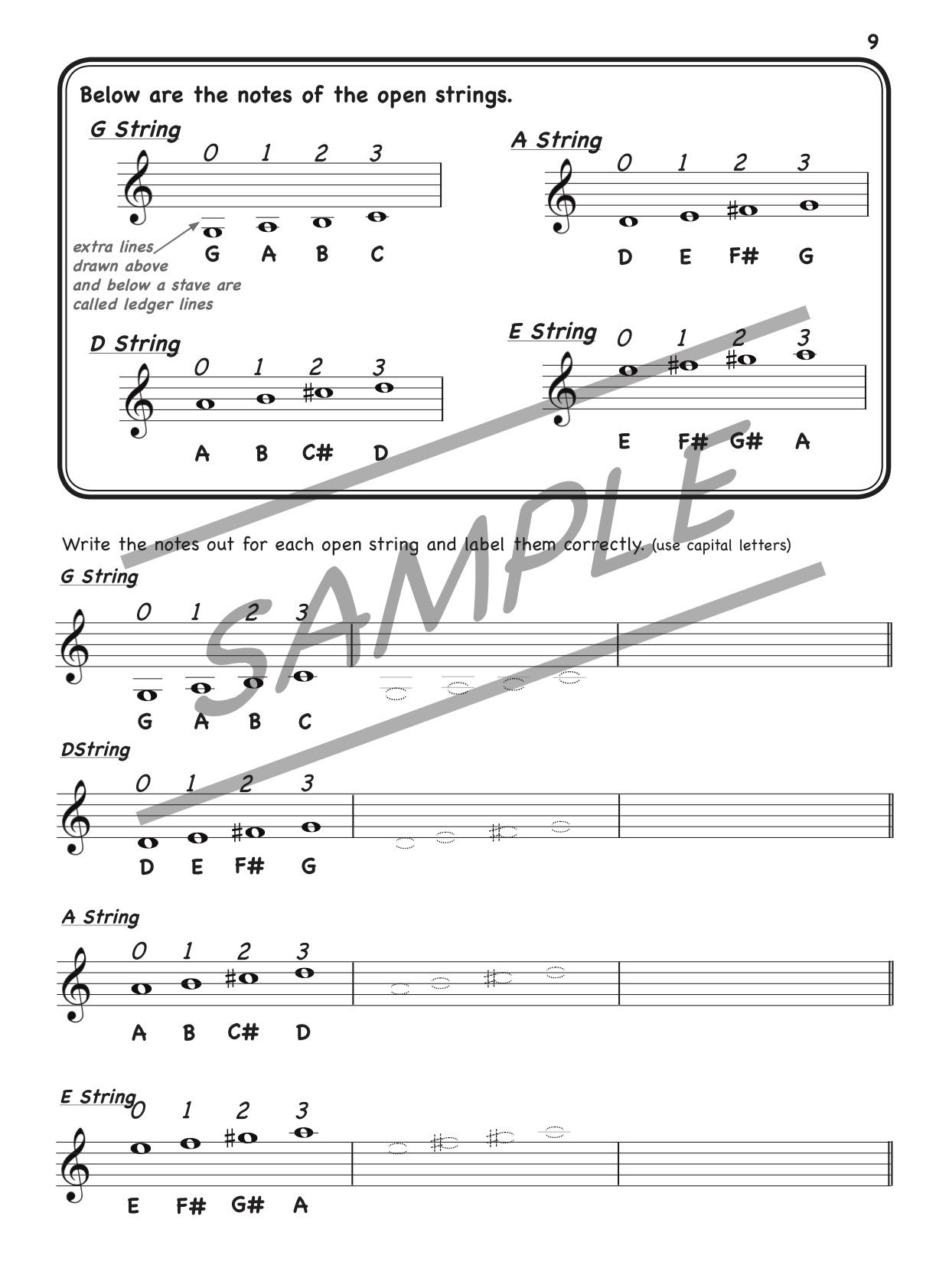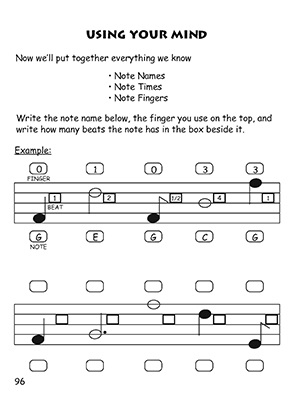

An answer key is also provided for fast corrections.In 1868, the mathematician Charles Dodgson (better known as Lewis Carroll) proclaimed that an encryption scheme called the Vigenère cipher was “unbreakable.” He had no proof, but he had compelling reasons for his belief, since mathematicians had been trying unsuccessfully to break the cipher for more than three centuries.

Users are encouraged to copy the uncompleted worksheets and revisit each worksheet as many times as necessary to achieve a 100% score. The teacher may allow “open-book” worksheet completion, or might use each worksheet as a test for whether the material was learned and understood. The exercise worksheets are in their own section of the book so that students can fill out the worksheets with or without looking at the text for the answers. The e-book versions can be printed out in either full-color or black-and-white the illustrations will be equally clear with either method.Įach short descriptive lesson (“Read It”) in the books has one or more corresponding exercises (“Write It”) to apply the new knowledge to solve musical problems.
#All for strings theory book 2 answer key how to
Book Two focuses on identifying first-position fingering locations by key signatures (adding low 2’s, low 1’s, high 3’s and low 4’s) and extends to a fully developed presentation of how to use the Circle of Fifths to remember order of sharps, order of flats, relative minor keys and the I-IV-V chords for any given key. Book One covers the rudiments of music theory for violin students: basic note-length values and fingering locations with high second finger on all four strings, combined with keyboard familiarity. These books have been developed with elementary-age beginners in mind, but can be used by all ages.

The workbooks are designed for use through the first two levels of most method-book series, until all first-position notes have been introduced with key signatures to four sharps and three flats, rhythms to dotted eighth-sixteenth and syncopation, and 6/8 time signature. The popular fill-in fingerboard charts and write-the-counting exercises are here, along with unique diagrams and exercises to illustrate and teach the relationship between the violin fingerboard and the piano keyboard, culminating in presentation of the Circle of Fifths.

They improve on current published options with a more practical focus, user-friendly text and illustrations for clarity of explanation, especially for younger students. Music theory can and should be accessible to beginning violinists too! Developed by an MTNA Nationally Certified Teacher of Music in Violin, these workbooks of sequential music theory concepts are written to blend with and overlay popular beginners’ teaching methods such as Essential Elements, All for Strings, A Tune A Day, and the Suzuki method. Most violin students will only achieve a rudimentary understanding of these concepts if they continue their studies to an advanced-intermediate level, if even then. “Intervals,” “triads” and “tetrachords” are terms and concepts that are introduced in most first year piano methods, and the Circle of Fifths is a handy and accessible tool for intermediate piano students and up. Meanwhile, the violinists’ piano-studying peers have sequential theory workbooks to go along with every lesson book.
#All for strings theory book 2 answer key series
There is only one popular commercial string method book series in North America that even includes a dedicated theory workbook. Music Theory (“the study of how music works” – Wikipedia) can be a bit of a mystery to violin students.


 0 kommentar(er)
0 kommentar(er)
